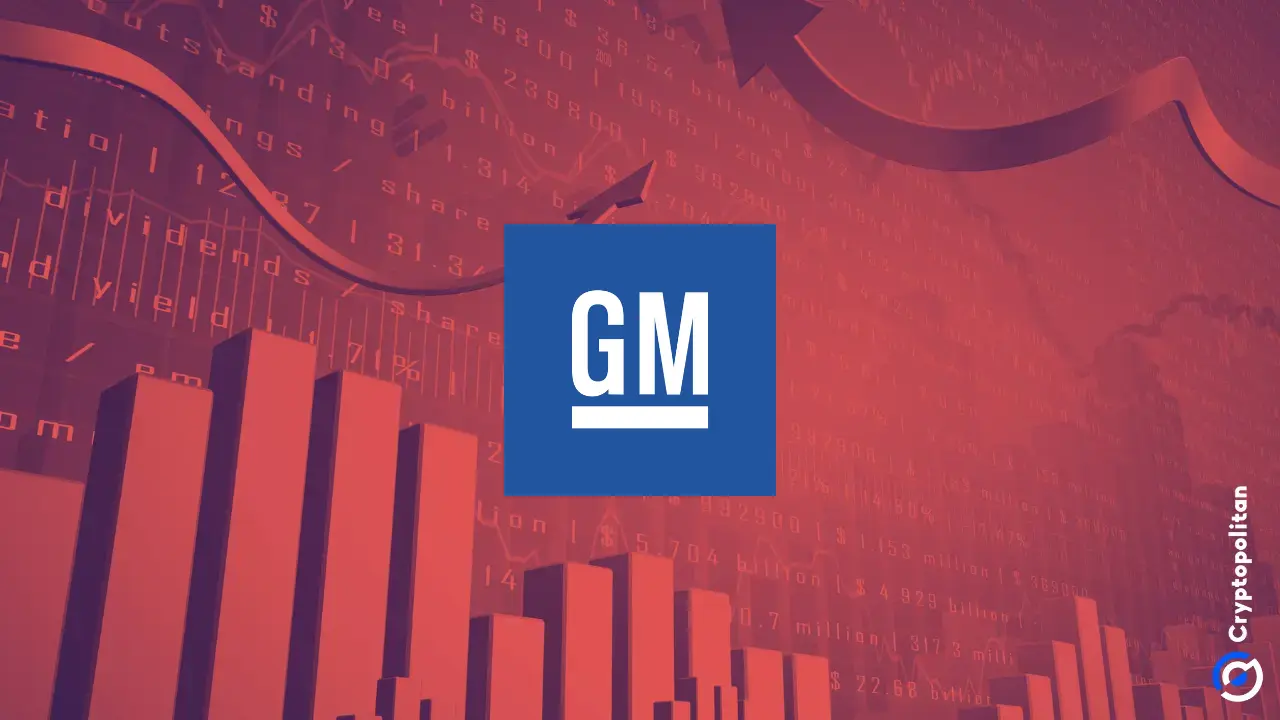Stellantis and General Motors alongside other companies are lending their support to a U.S. startup that is attempting to build a large-scale factories producing magnets. The tech companies are aligning to push back on China’s rare earth market dominance and its risks for industries reliant on magnets.
A U.S. startup backed by Stellantis, General Motors, and other global manufacturers is attempting to build a large-scale factory that does not rely on rare-earth elements. If successful, the venture could reduce U.S. dependence on China’s supply of critical minerals.
Fighting the rare earth dependence
Niron Magnetics, the company leading the initiative, has developed a new magnet technology using iron nitride. The innovation is the result of decades of research by the company’s co-founder, Jian-Ping Wang, a professor at the University of Minnesota.
Niron claims that the compound is cheaper, easier to source and also 18% more potent than conventional rare-earth magnets.
The company has begun work on a 1,500-tonne-per-year facility in Sartell, Minnesota, which it says will be capable of meeting around 3% of U.S. domestic magnet demand when operational in early 2027. Global demand for magnets is projected to surpass supply by some 55,000 tonnes by 2030.
“Permanent magnets are in every device that powers the modern world,” Mark Champine, who heads Stellantis’ North America technical center, said. “Niron is meeting an urgent demand.”
Beijing dominates the rare earths market
Magnets are indispensable in modern technologies, embedded in everything from smartphones and wind turbines to electric vehicles, medical devices, and military hardware. Until now, most high-performance magnets have relied on rare-earth elements such as neodymium, praseodymium, and terbium. These minerals are geologically scarce, difficult to refine, and largely controlled by China.
Beijing dominates every stage of the rare-earth supply chain, from mining to processing to magnet production. This market dominance has long been a source of concern for Washington and U.S. industries, especially as geopolitical tensions with China rise. The Japanese company Hitachi has a presence in the field, but Chinese producers overwhelmingly lead the market.
To counter this imbalance, Cryptopolitan reported that the Trump administration invested heavily in the Mountain Pass mine in California through MP Materials, effectively making the U.S. government its largest shareholder. But building mines and processing facilities is slow, capital-intensive, and environmentally fraught.
But with Niron’s approach of avoiding using rare earths entirely, the company claims it can deliver a cheaper, cleaner, and geopolitically safer magnet.
“Western rare earth companies are playing the Chinese at the same game,” said Jonathan Rowntree, Niron’s chief executive. “We don’t need to bring a mine online.”
John Ormerod, a rare earths consultant at JOC LLC, preached caution.
“This is a holy grail kind of magnet, since iron and nitrogen are plentiful and low cost,” he said. “But we don’t have any data from Niron, which is frustrating and makes it impossible to make a hundred per cent accurate assessment.”
Despite the unanswered questions, Niron has attracted heavyweight backing. In addition to Stellantis and GM, its investors include Volvo Cars, Samsung’s venture arm, and other major industrial players. The company has raised about $150M in private funding and secured significant government support in the form of a $52.2M tax credit earlier this year, along with $17.5M in grants from the Department of Energy’s research arm in 2022.
Experts say financing is important for Niron as the company will eventually have to prove its technology in demanding fields such as electric vehicles, defense systems, and renewable energy.
“The magnet market covers everything from consumer electronics to military hardware,” Milo McBride, a fellow at the Carnegie Endowment for International Peace, stated. “The smaller end consumer market will probably be first, but since the US has such a large magnet supply deficit, there’s no reason to not try.”
Get seen where it counts. Advertise in Cryptopolitan Research and reach crypto’s sharpest investors and builders.
This articles is written by : Nermeen Nabil Khear Abdelmalak
All rights reserved to : USAGOLDMIES . www.usagoldmines.com
You can Enjoy surfing our website categories and read more content in many fields you may like .
Why USAGoldMines ?
USAGoldMines is a comprehensive website offering the latest in financial, crypto, and technical news. With specialized sections for each category, it provides readers with up-to-date market insights, investment trends, and technological advancements, making it a valuable resource for investors and enthusiasts in the fast-paced financial world.
